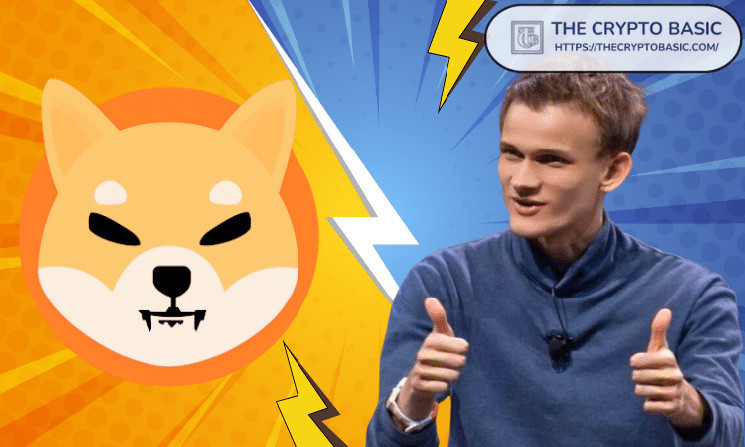Shiba Inu lead developer Shytoshi Kusama is confident that interoperability issues between scaling solutions on the Ethereum network could be resolved sooner than people expected.
Kusama shared this sentiment while reacting to a recent post from Ethereum co-founder Vitalik Buterin. The Ethereum founder argued that cross-L2 interoperability problems could soon disappear, noting that many would be surprised by how quickly this would occur.
He believes the issues related to the interaction of various Layer 2 (L2) scaling solutions on the Ethereum network will be resolved sooner than people expect.
Ethereum L2 Interoperability Problems
For context, cross-L2 interoperability refers to the ability of different L2 solutions to interact seamlessly, creating a better user experience. L2 solutions improve the scalability of the Ethereum network by processing transactions off the main Ethereum chain (L1) while leveraging its security.
Buterin previously illustrated a case of lack of interoperability in depositing tokens to Polymarket through the Polygon L2 network. The current process demands that users meticulously select the right chain—Polygon, not “Polygon zkEVM”—to avoid losing their funds.
Buterin stressed that the ideal process should not have such a requirement as it is confusing and prone to errors. Instead, users should be able to deposit via their chosen network seamlessly without needing to pay extra attention.
As a result, the Ethereum founder has continued championing calls for a better experience for crypto users via various Ethereum Improvement Proposals (EIPs). They include EIP-3770, EIP-7683, and EIP-3668.
L2 Interoperability Solutions
Notably, EIP-3770 introduces a new wallet address format with readable prefixes for different chains. This format makes it easier for users to identify the correct network and reduces errors in wallets and decentralized applications.
Meanwhile, EIP-7683 standardizes cross-chain trade communication. It enables seamless network interactions by creating a common language for bridges and decentralized exchanges.
EIP-3668 proposes a standardized solution for Ethereum smart contracts to access off-chain data efficiently, using “Layer-2 light clients.” This can significantly reduce on-chain data storage costs.
Buterin noted that there is significant effort and determination within the Ethereum community to address and overcome interoperability challenges through these EIPs. He is optimistic that users will soon experience a more seamless interaction across different parts of the Ethereum ecosystem, including:
- L1: The main Ethereum blockchain.
- Rollups: L2 solutions that process transactions off-chain.
- Validiums: L2 solutions similar to rollups but with off-chain data storage, providing different scalability benefits.
- Sidechains: Independent blockchains that run parallel to Ethereum and are interoperable.
Shiba Inu Lead Reacts
Reacting to Buterin’s optimism that cross-L2 issues would be resolved much sooner than many hope, Shiba Inu’s lead developer, Shytoshi Kusama, remarked that he would not be surprised at all.
Notably, the Shiba Inu ecosystem also boasts an Ethereum layer-two scaling blockchain, Shibarium.
I won’t be surprised one bit. #shibarmy https://t.co/RhSpLLyOXV
— Shytoshi Kusama™ (@ShytoshiKusama) August 7, 2024
Read the full article here

